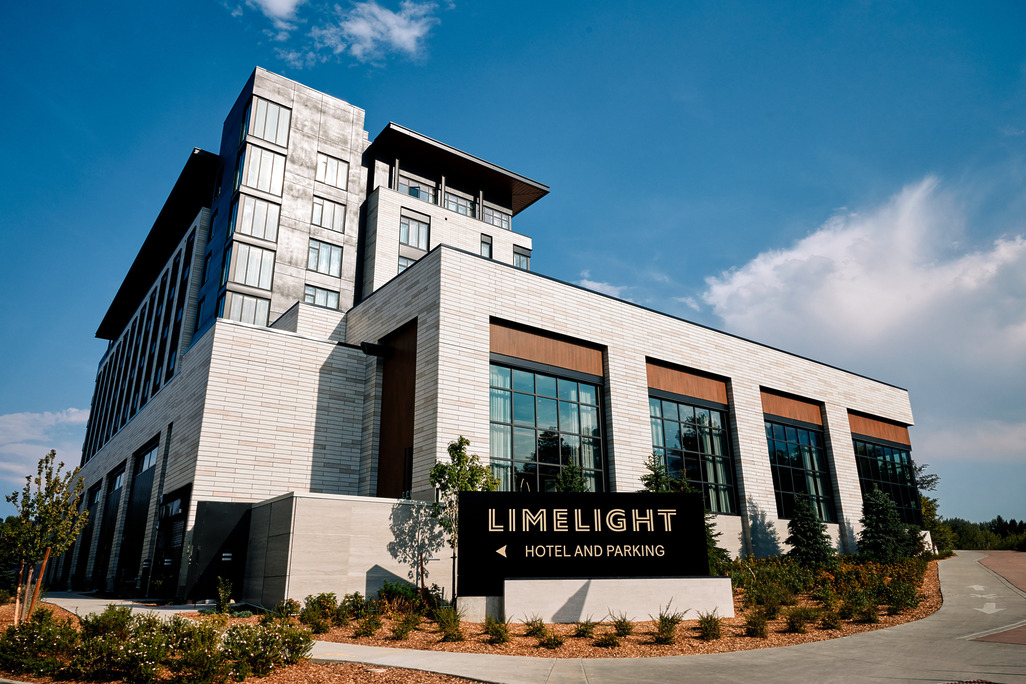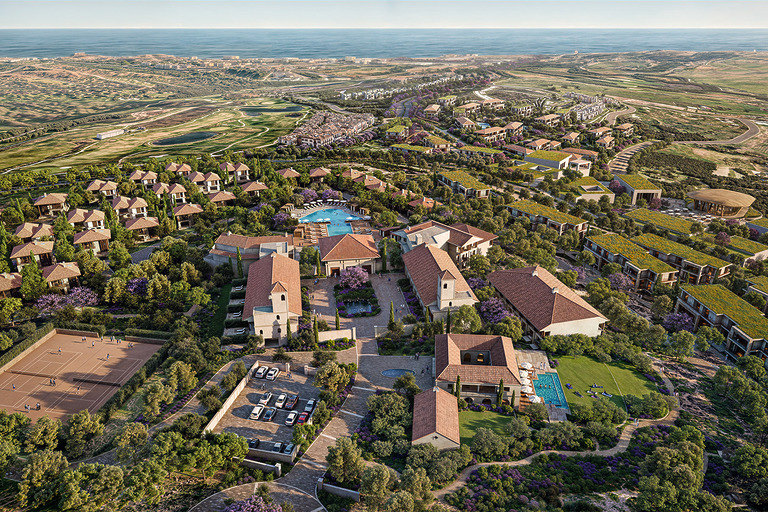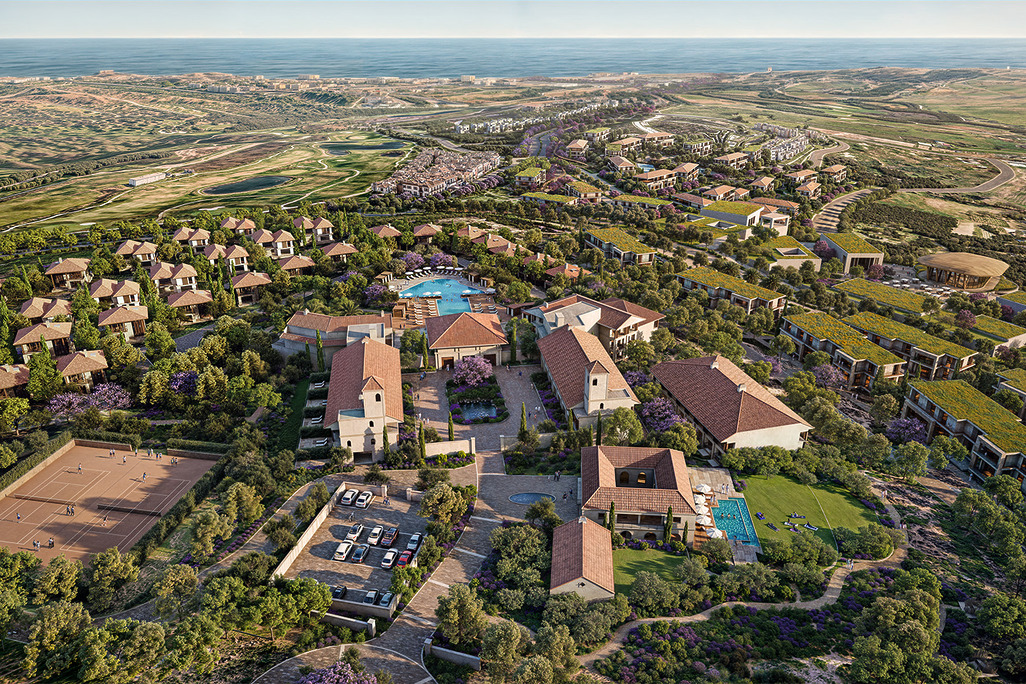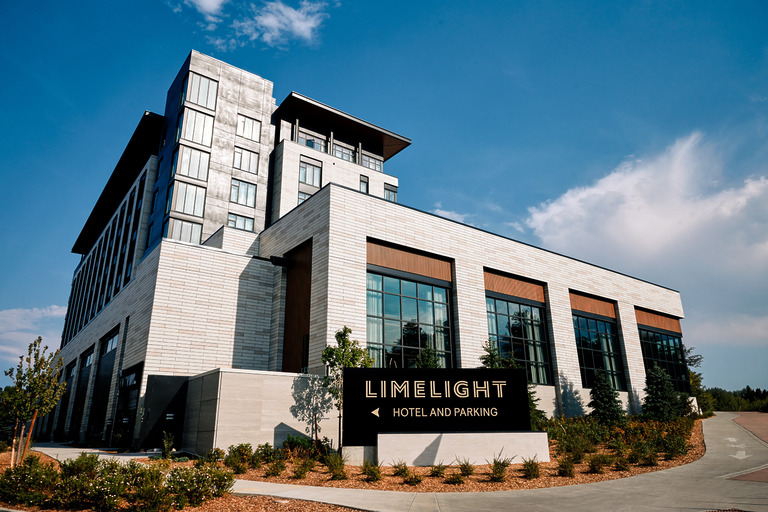
- North America
Transforming a World Wonder: A Master Plan Framework for the Giza Pyramids
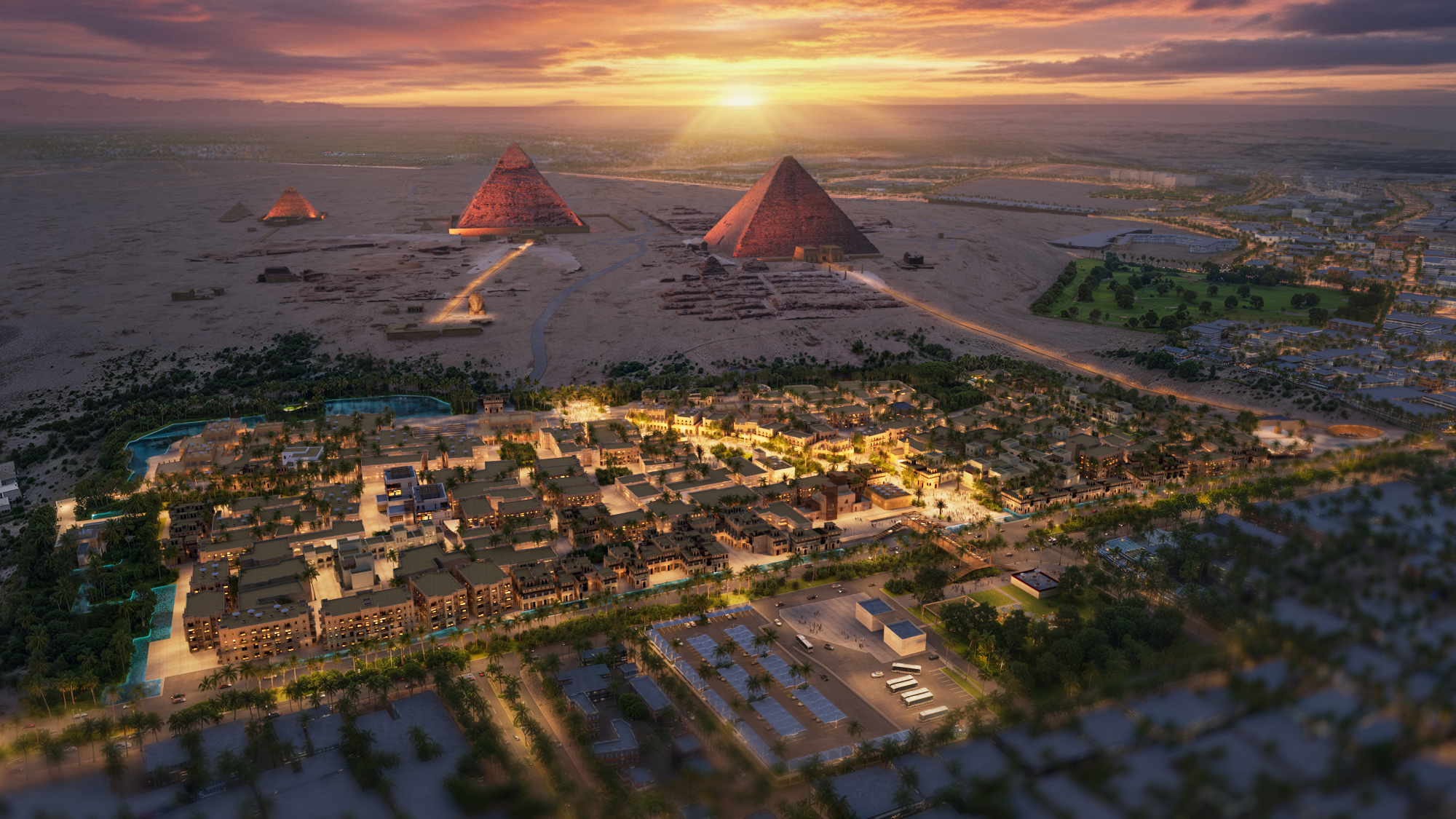
Giza, Egypt
Advisory, Master Planning
WATG is taking a leading role on a globally-significant regional tourism framework plan in Egypt, encompassing one of the world’s most famous cultural treasures: the UNESCO World Heritage Site of Memphis and its Necropolis – the Pyramid Fields from Giza to Dahshur (otherwise known as “The Great Pyramids”).
The brief has been led by several key organizations in Egypt, including the New Urban Communities Authority (NUCA), the Tourism Development Authority (TDA) as well as the supporting institutions; the Ministry of Housing and the Ministry of Tourism and Antiquities.
Our advisory-led master plan focuses on the conservation and restoration of tangible and intangible cultural heritage, placemaking, and the identification of significant economic opportunities. This will give Egypt a key opportunity to transform the area into a world-class tourism destination.
As an initial step towards this goal, WATG has assembled an international consortium of local and global experts to inform and guide the development of the master plan. The local team is led by Dr. Amr Attia of PUD, who will be supported by renowned subject matter experts in the fields of Egyptology, archaeology and cultural heritage, architectural heritage, urban planning and sustainable infrastructure. These experts will be providing WATG with an in-depth understanding of the local infrastructure, engineering, mobility and environmental considerations.
The conservation and restoration of tangible and intangible cultural heritage, placemaking, and the identification of significant economic opportunities.
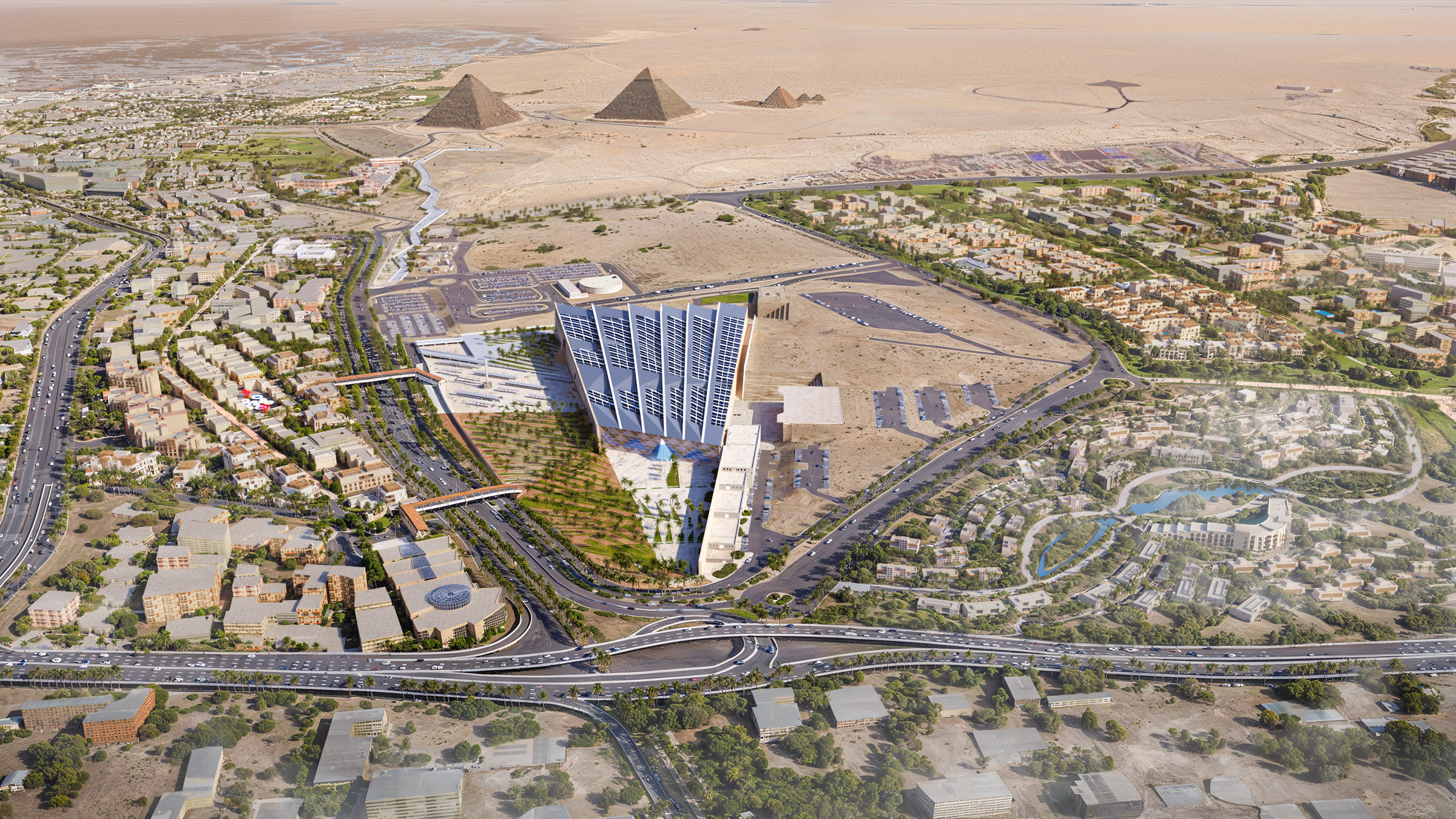
WATG’s proposed master plan is comprised of three main action areas. A major element of the plan is the UNESCO World Heritage Site itself, which spans a continuous historic and archaeological landscape from Giza to Dahshur. This is a sacred cultural and funereal landscape that was once intimately connected to the Nile River floodplain and its ancient agricultural landscapes. The master plan aims to reconnect the Pyramids Complex to its original landscape, respecting it as the last remaining of the Seven Wonders of the Ancient World.
The vast study area encompasses a unique number of existing communities, world-renowned landmarks and evolving urban environments, including the community of Nazlet El-Sammen, The Sphinx Airport, The Grand Egyptian Museum, The Pyramids World Heritage Site, as well as new cities and existing urban-rural communities. Our role includes an in-depth analysis of each site to inform the preparation of a culturally resonant and economically viable strategic vision for potential development.
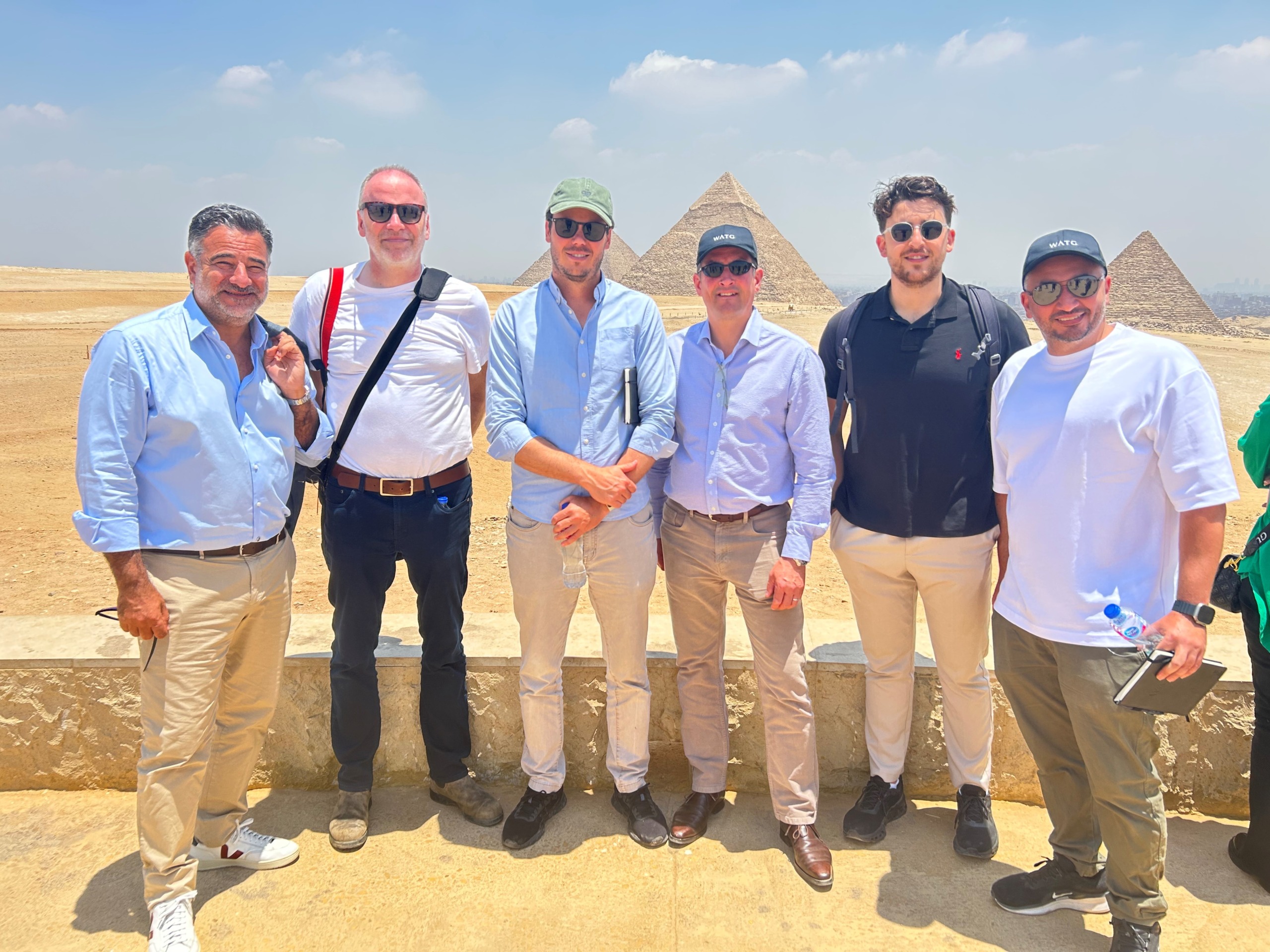
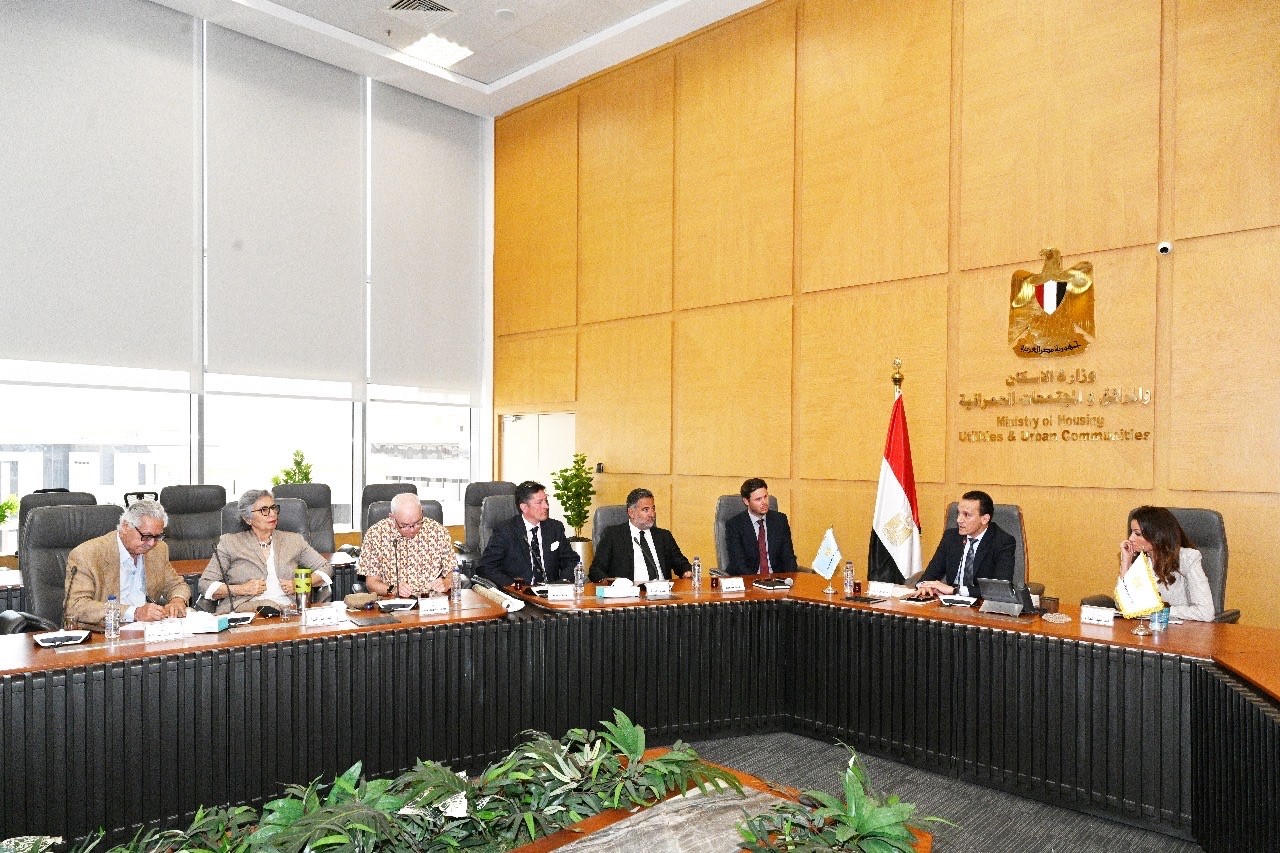
Creating a sustainable tourism destination and setting new standards for cultural preservation, urban revitalization and community integration.
This master plan aims to not only improve these areas, but it plays a critical role in safeguarding one of the world’s most renowned cultural heritage sites, creating a sustainable tourism destination and setting new standards for cultural preservation, urban revitalization and community integration.
Regarding the first action area and its proximity to the Pyramids – a world heritage site and an archaeological treasure designated by UNESCO – a key part of our initial study seeks to focus on better understanding the archaeological value of the UNESCO World Heritage Site itself.
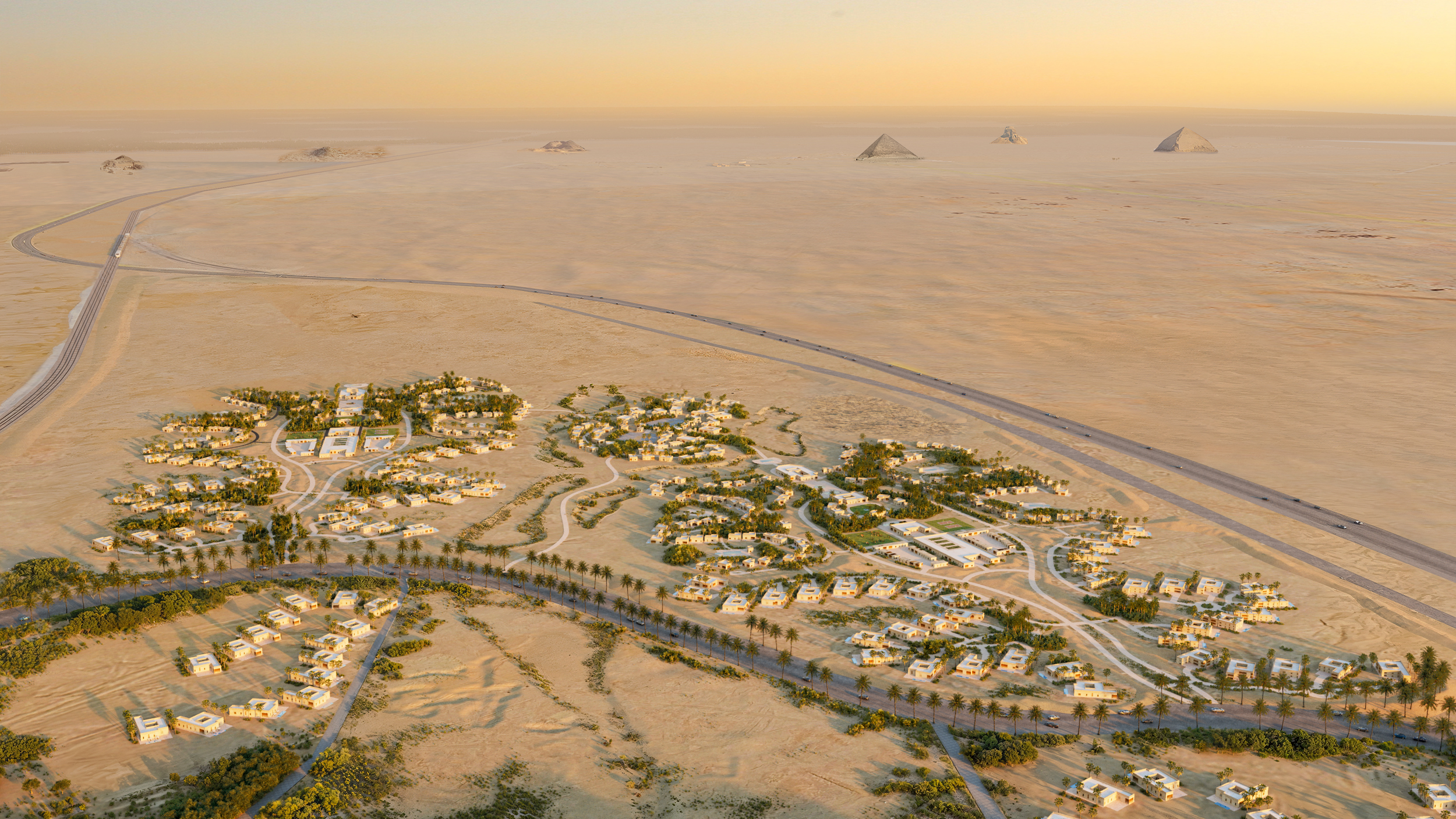
Reconnecting the Pyramids Complex to its cultural landscape context, and restoring the original processional approach to experiencing the site with reverence and wonder.
Additionally, we plan to assess the context of the Pyramids and how we can improve their surroundings as a tourist destination, giving them space from the urban sprawl that has expanded over the years and bringing back some of their original, awe-inspiring prestige.
The pyramids were one of the first World Heritage Sites to be inscribed by UNESCO and, as a result, heritage restoration and protection is crucial. They are located within a highly sensitive and culturally resonant archaeological site, and it is expected that there could be further discussion around appropriate strategies for protection.
The main objective is to reconnect the Pyramids Complex to its cultural landscape context, and to restore the original processional approach to experiencing the site with reverence and wonder – all under the watchful gaze of the Great Sphinx.
More Projects

